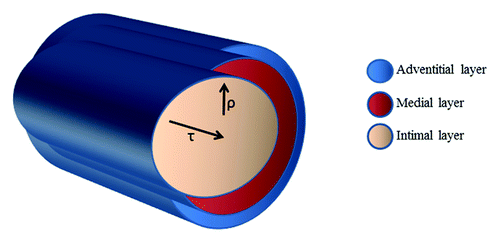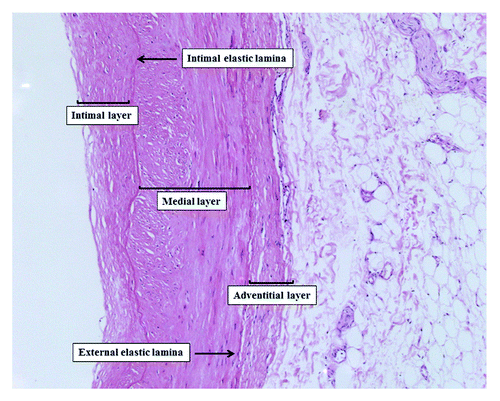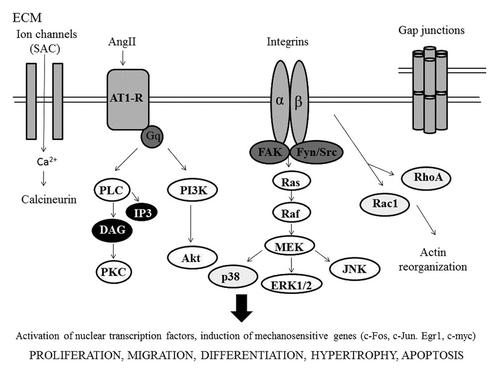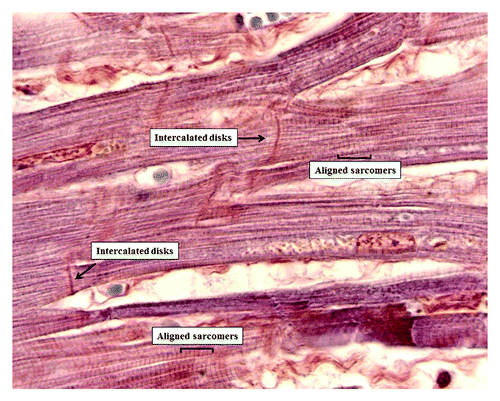Figures & data
Figure 2. Schematic representation of the main molecular pathways involved in bone responses to mechanical strain.
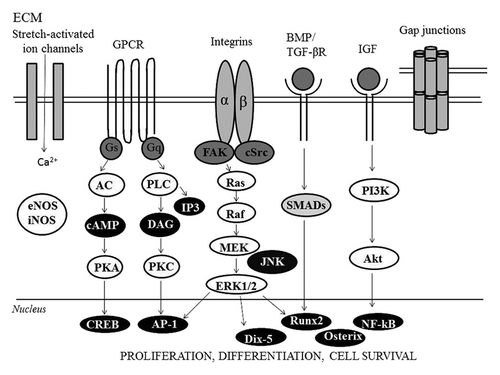
Figure 4. Mechanical and hemodynamic forces associated with blood flow: Shear stress (τ) is parallel to the vessel wall and represents the frictional force that blood flow exerts mainly on the endothelial surface of the vessel wall. Instead, cyclic stretch (ρ) is the stress perpendicular to the vessel wall and represents the circumferential deformation of the blood vessel wall during distension and relaxation of the recurring cardiac cycle.
